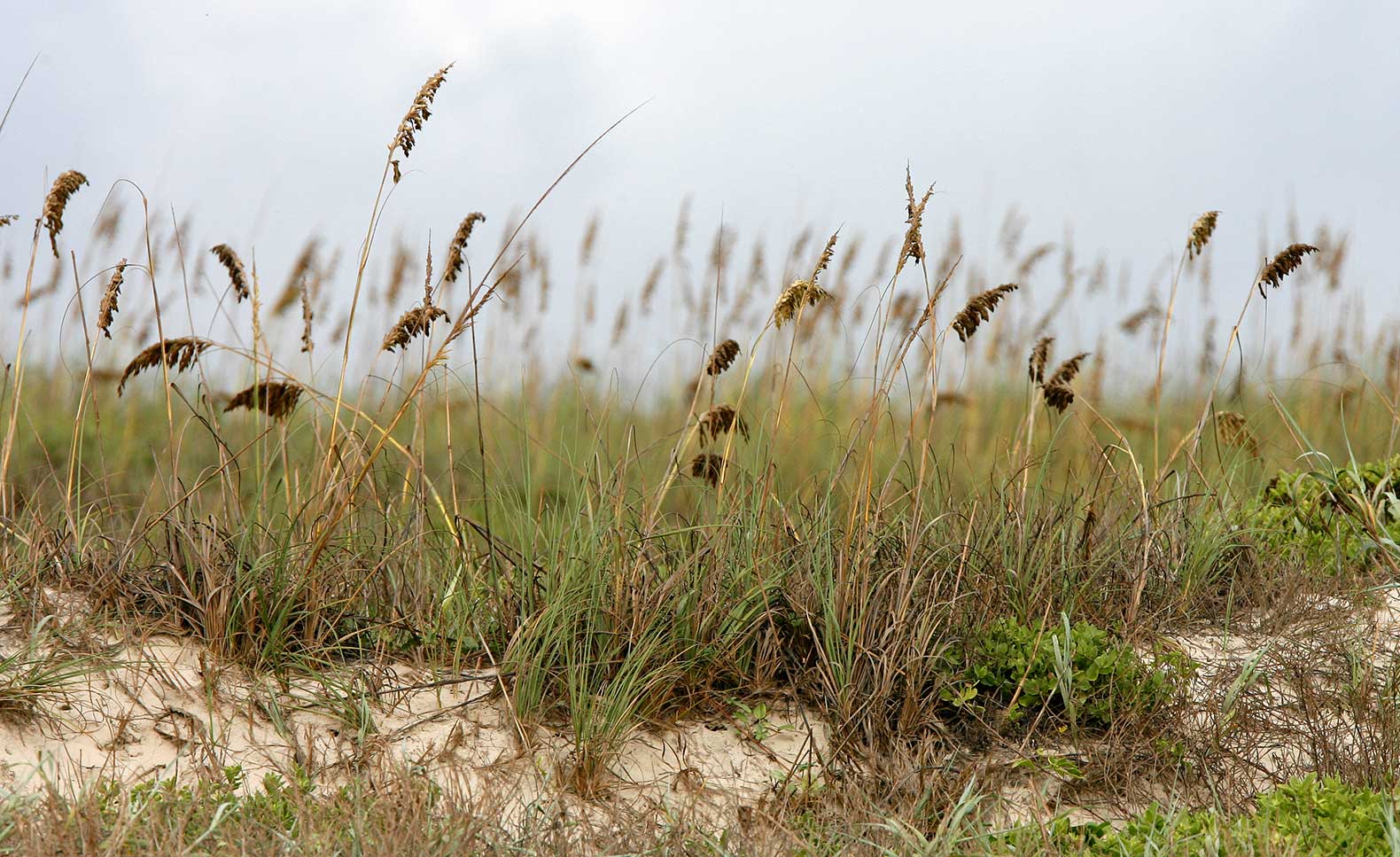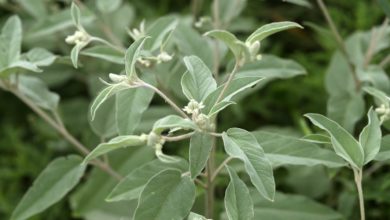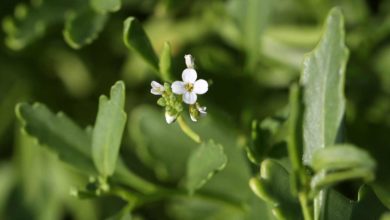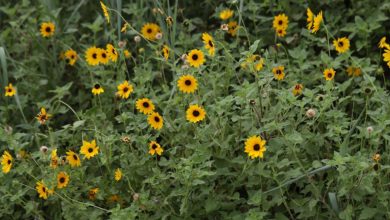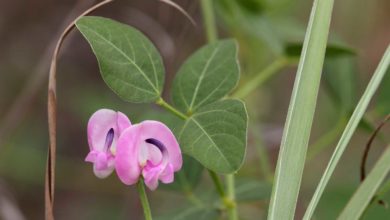Sea oats (Uniola paniculata) are often the dominant dune vegetation, usually found on the windward slope and crest of both foredunes and primary dunes, where the wind and salt spray is most intense. Their distinctive grainy plumes rise above the rest of the plant along dune crests on the Texas coast, waving steadily in the sea breeze.
Along with bitter panic grass, sea oats are a mainstay of dune restoration. They stand up to heavy winds, drought, poor soils, salt spray and sand burial. In fact, sand burial stimulates more rapid growth.
Sea oats are perennial and expand from rhizomes, though their root system is not as extensive as bitter panic grass. Their range stretches from the mid-Atlantic coast down to the Yucatan Peninsula. Their long, narrow blades enable them to shelter other vegetation from salt spray while minimizing the surface area for it to accumulate.
Lonard, R., Judd, F., & Stalter, R. (2011). Biological Flora of Coastal Dunes and Wetlands: Uniola paniculata L. Journal of Coastal Research, 27(5), 984-993.

